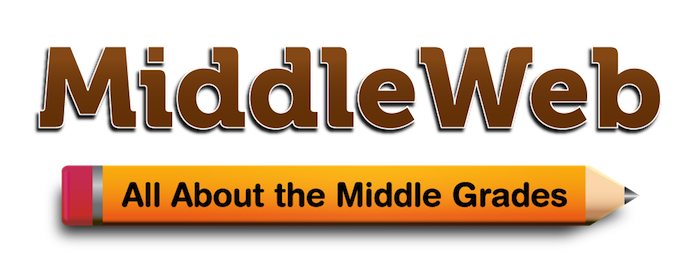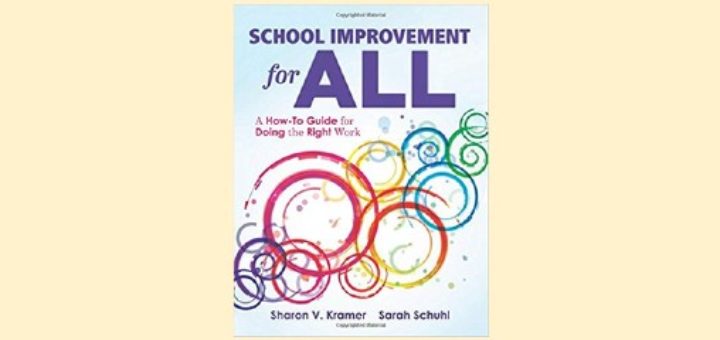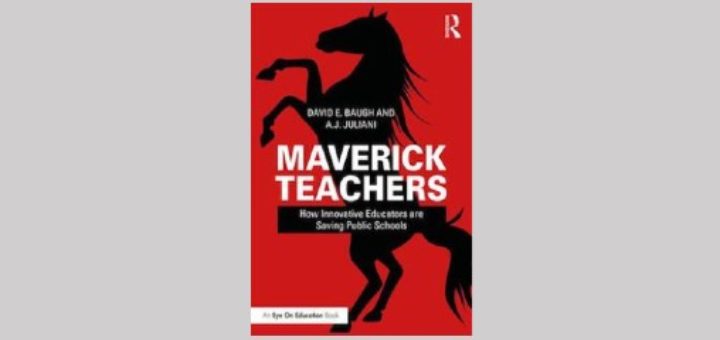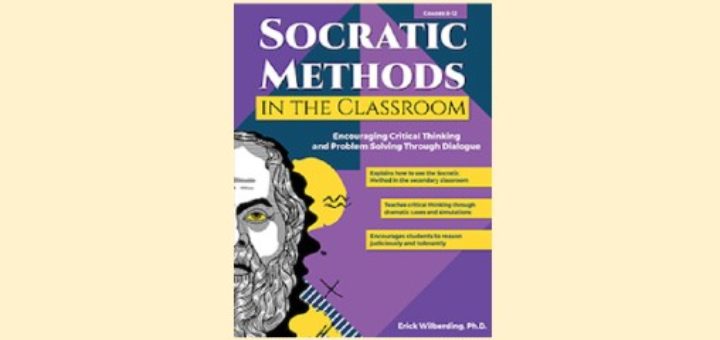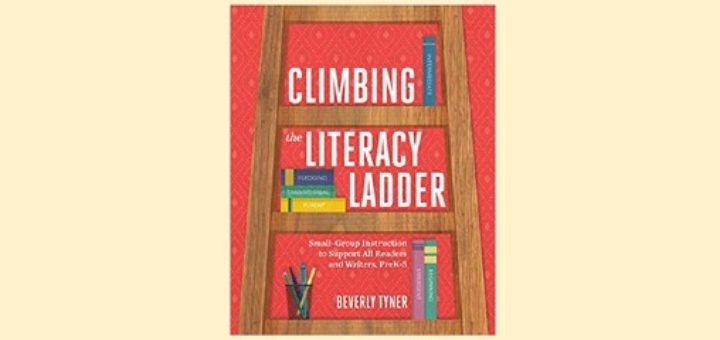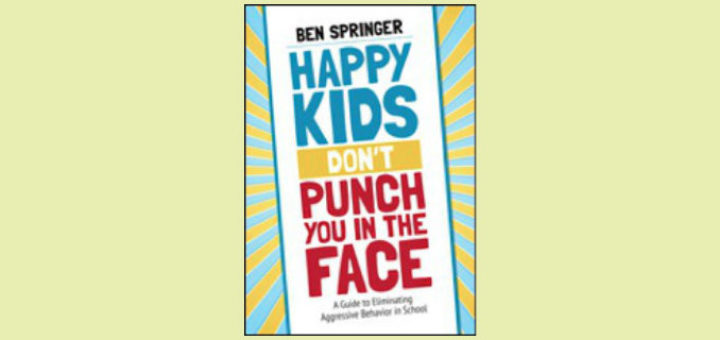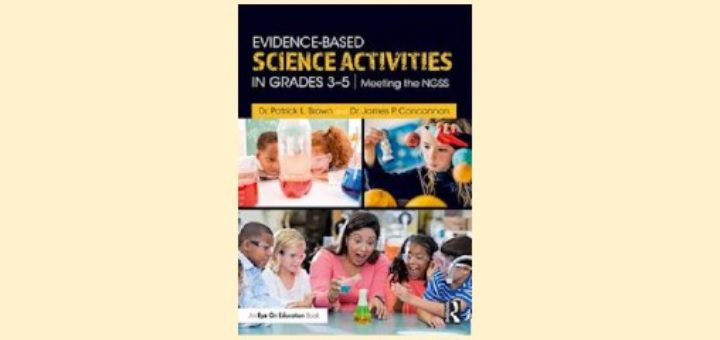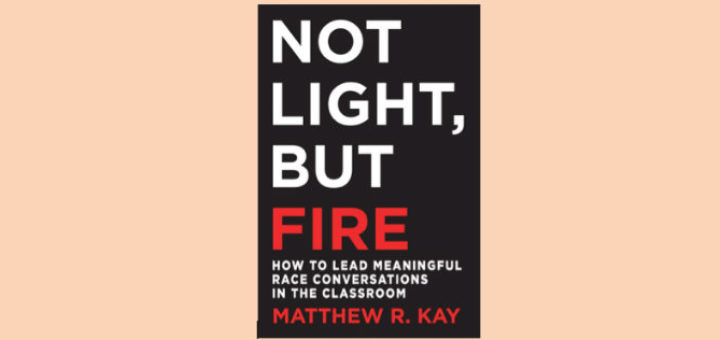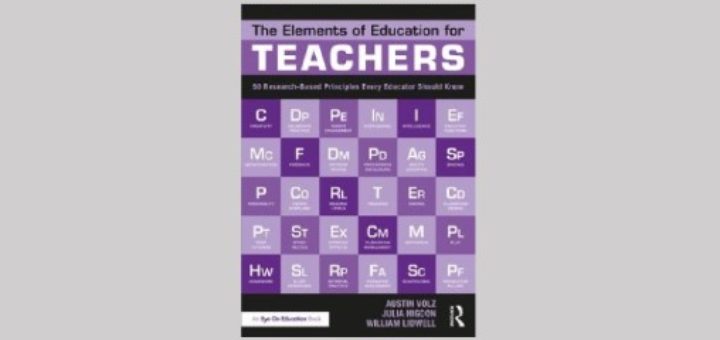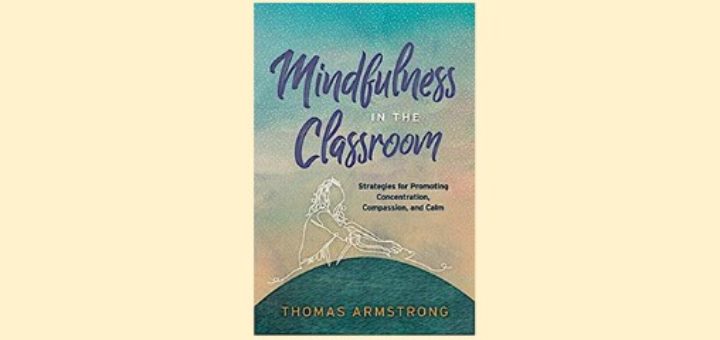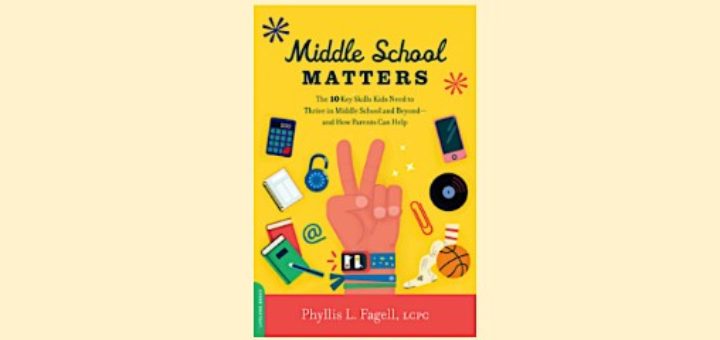A How-To Guide: School Improvement for All
Every chapter of School Improvement for All starts with commentary about how to determine vision versus reality, outlines ways to get from one to the other, and then provides concrete tools and steps to follow as a plan of action, writes NBCT Kathy Pham. A true guide to PLC success.
